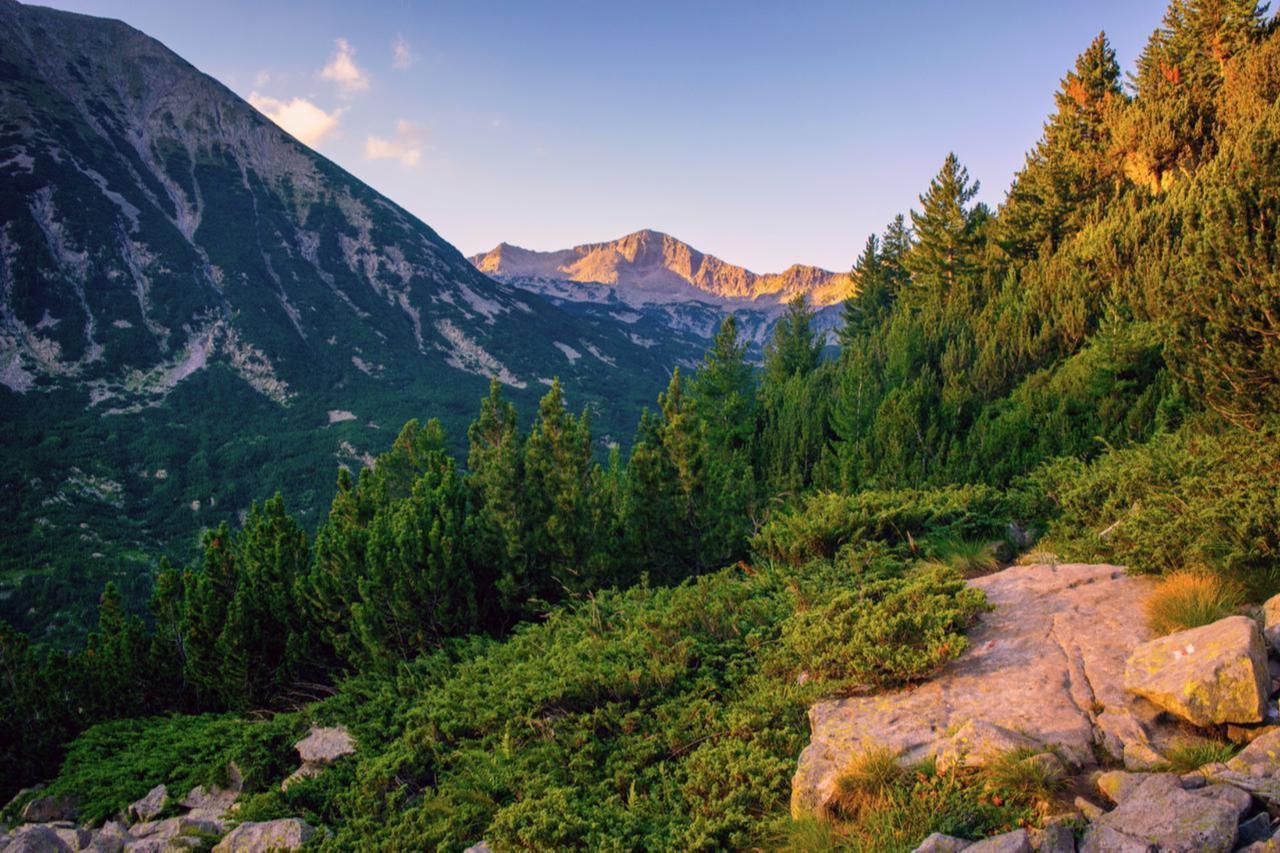
A Bulgarian man who went missing 17 years ago and had been declared dead was found alive in a remote area of Pirin National Park, officials confirmed on Friday. The discovery was made by employees of the Pirin Park Directorate during a routine inspection of the park’s camping areas.
Park rangers noticed a tent pitched outside the designated camping zones and approached the occupant for identification. According to Rosen Banenski, director of Pirin National Park, the man reacted aggressively. Police were called to the scene, and it was discovered that he did not have an ID card.

“Upon arrival of the police officers, it was established that the person had been declared dead, and a death certificate had been issued for him,” Rosen Banenski told to Bulgarian media BNT. “The individual is believed to be a Bulgarian citizen, most likely from Ruse, who had been declared missing by his family years ago.”
Authorities reported that the man had been a state and internationally wanted individual in 2008. After a failed search, he was declared dead in 2013. The tent was located in a remote section of the park, far from hiking trails and guest accommodations, suggesting that he had deliberately chosen to live in isolation.
Banenski added that, once the man’s identity is fully verified, authorities will assist him in obtaining proper identification documents and impose an administrative fine for camping outside authorized areas. Fines under current regulations range from 500 ($294.7) to 5,000 Bulgarian leva.
“This case demonstrates the challenges of monitoring remote areas of the park and the determination of individuals who choose to live in seclusion,” Rosen Banenski told BNT. Police investigations are ongoing to clarify how the man remained undetected for more than a decade.
Pirin National Park is located near Bulgaria’s borders with Greece and North Macedonia and features the country’s second-highest peak, reaching 2,914 meters. Covering an area of approximately 40,000 hectares, the park was declared a national park and added to the UNESCO World Heritage List in 1983. Known for its glacial lakes, waterfalls, caves and coniferous forests, the park is also home to wildlife such as bears and wolves.